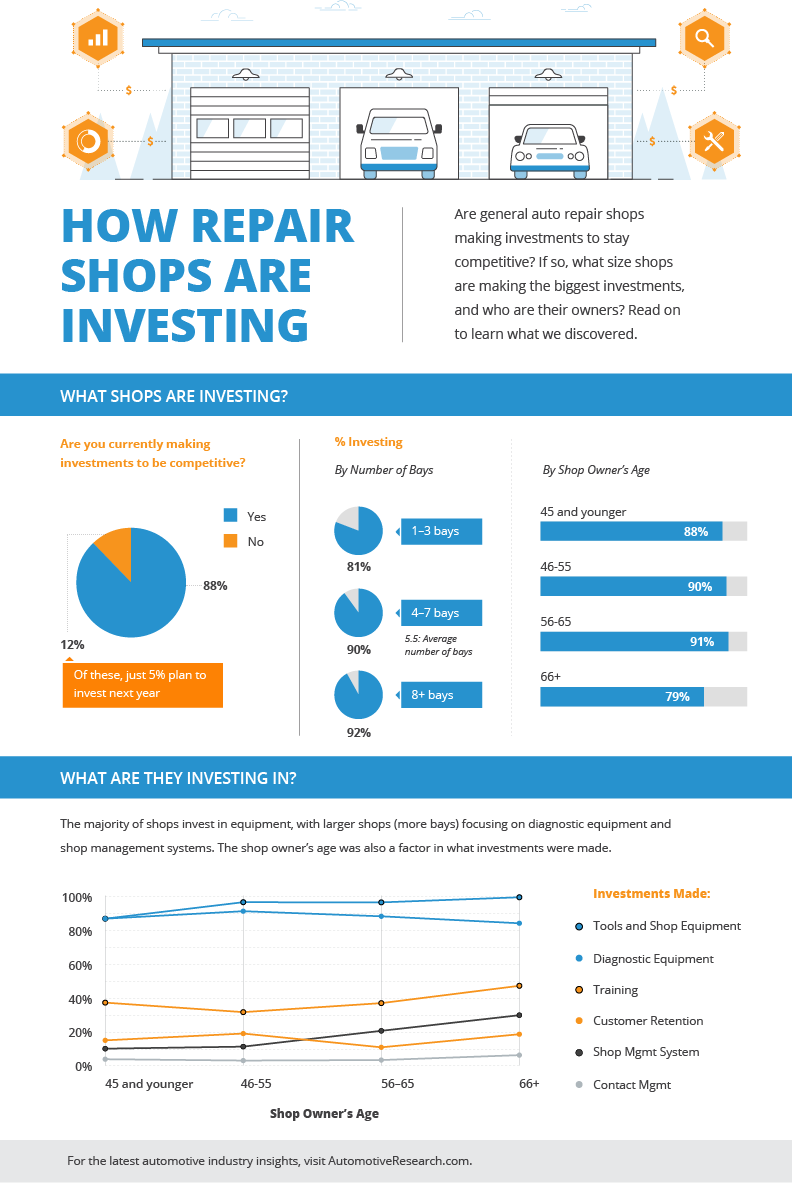Decoding One Of The Most Common Caution Lights On Your Control Panel And Their Analyses
Decoding One Of The Most Common Caution Lights On Your Control Panel And Their Analyses
Blog Article
Published By-McCallum Hurst
When you're behind the wheel, those control panel warning lights can be a genuine enigma. Yet did you understand that decoding them can conserve you from possible automobile troubles down the road? From the ominous check engine light to the subtle oil pressure warning and the ever-important battery light, each one functions as a crucial signal from your automobile. It's time to clarify these usual dashboard warnings and equip yourself with the understanding to navigate the roadway ahead.
Understanding the Check Engine Light
When your control panel brightens with the check engine light, it is necessary not to panic but to take instant action. The check engine light serves as a warning that your lorry's onboard analysis system has actually discovered a potential concern with the engine, emissions, or other crucial components. Disregarding https://oci.georgia.gov/press-releases/2022-02-02/fairburn-man-wanted-fraud-forgery-and-theft can result in more severe issues later on, so it's necessary to address it without delay.
To recognize the source of the concern causing the check engine light, you can use an OBD-II scanner to fetch the particular problem codes saved in your vehicle's computer system. These codes offer important info that can aid determine the underlying issue.
While some issues creating the check engine light might be small, such as a loose gas cap, others can show more considerable issues that call for specialist focus.
Deciphering the Oil Pressure Warning
Upon experiencing the oil stress alerting light on your dashboard, instant focus is vital. This caution shows that the oil pressure in your engine might be as well reduced, which can lead to major engine damages otherwise dealt with immediately. Low oil stress can be caused by a selection of problems such as a leak, a damaged oil pump, or low oil levels. Neglecting this warning light could lead to pricey repair work and even engine failure.
If you see the oil stress advising light come on, the first step is to securely pull over to the side of the road and shut off your engine. Inspect the oil level using the dipstick and ensure it's at the advised degree.
If the oil degree is reduced, leading it up with the suitable oil for your vehicle. If the oil degree suffices, do not proceed driving and seek aid from a technician to detect and fix the concern immediately. Keep in mind, preserving appropriate oil pressure is vital for the health and wellness and longevity of your engine.
Interpreting the Battery Light
To decode the importance of the battery light on your dashboard, you should comprehend its vital duty in your car's electric system. When the battery light brightens while you're driving, it indicates that the electrical system isn't receiving enough power from the battery.
This could be as a result of a falling short battery, a damaged alternator, or concerns with the billing system. Ignoring this cautioning light might lead to your car delaying or being unable to begin.
If the battery light begins, it's recommended to securely pull over and have your automobile inspected by a technician asap. They can perform diagnostics to determine the underlying issue and protect against a possible malfunction.
Conclusion
Since you recognize just how to identify one of the most usual caution lights on your dashboard and what they suggest, you can resolve any potential concerns without delay. Keep in mind, the check engine light, oil stress caution, and battery light are very important indicators of your automobile's health and wellness. Remain educated, remain risk-free, and maintain your auto running smoothly by taking note of these warning signs.
